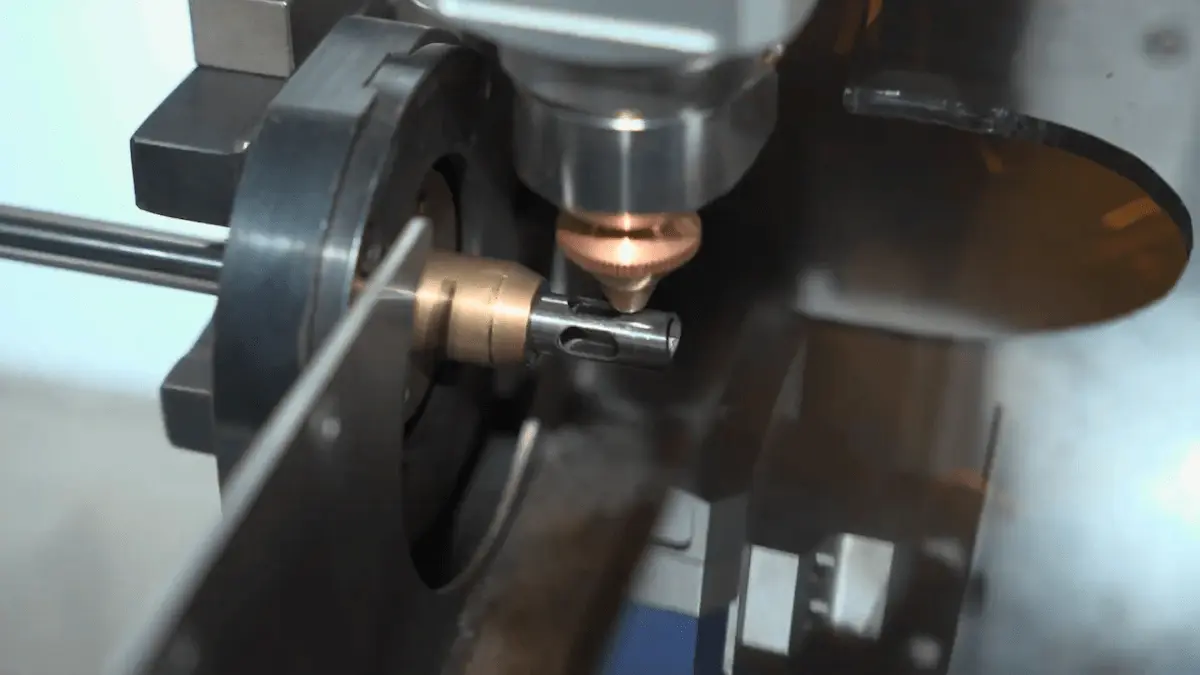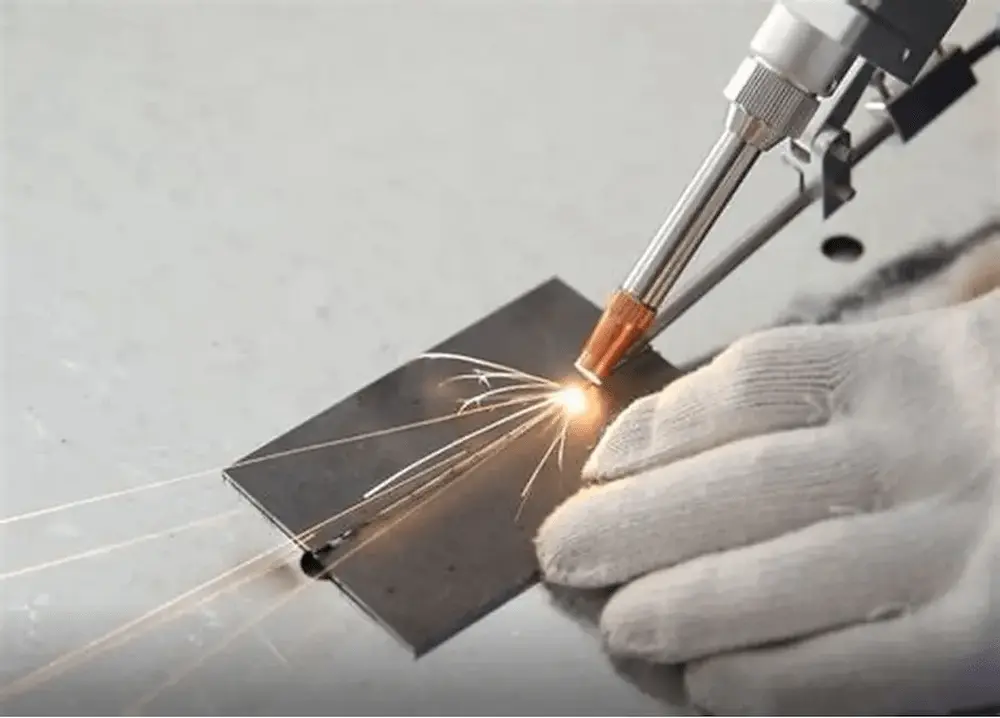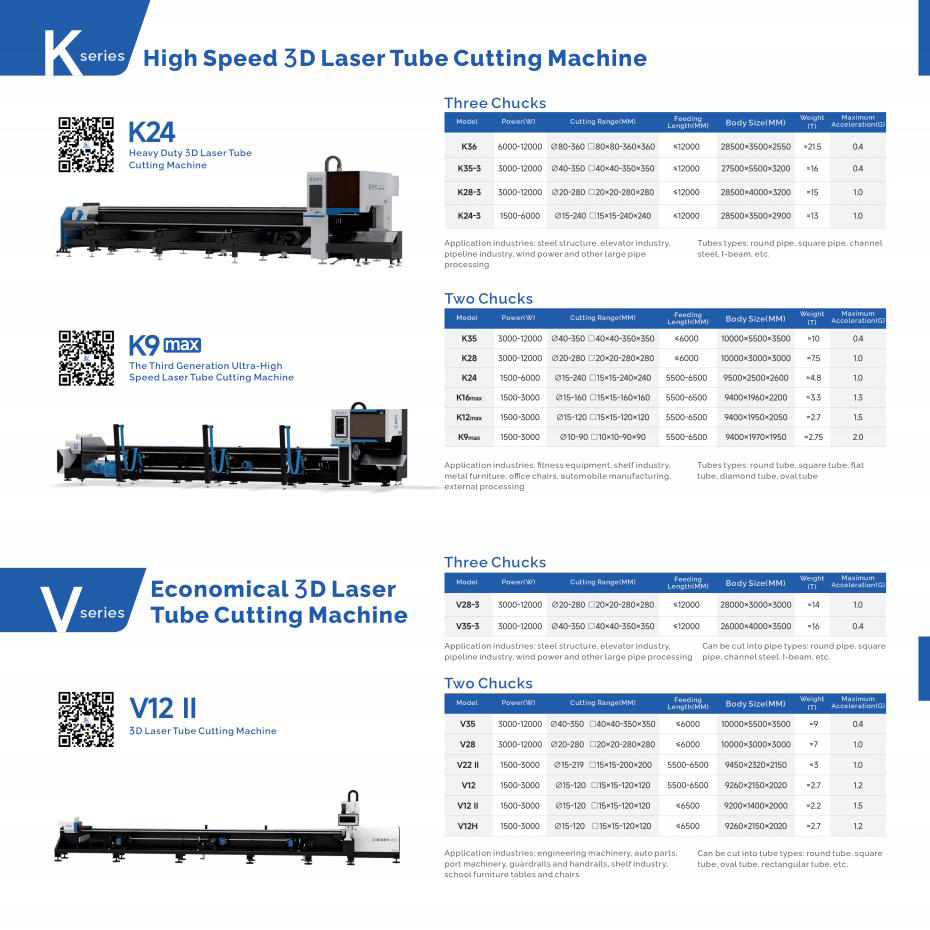1. Feasibility of Diode-Laser Cutting for Clear Acrylic
Diode lasers (≥30 W) can cut transparent acrylic up to about 6 mm thick, provided the following parameters are finely tuned:
-
Laser Power
Use 65–70 % of the diode’s peak output to balance cut quality and speed. -
Cutting Speed
Aim for 5–8 mm/s: slower speeds risk excessive melting; faster speeds may not penetrate fully. -
Focal Position
Set the focal point approximately 6 mm above the material surface for a clean edge. -
Material Type
Cast acrylic yields smoother edges than extruded acrylic due to its uniform molecular structure.
2. Choosing the Right Laser for Transparent Acrylic
| Laser Type | Ideal Use | Advantages | Limitations |
|---|---|---|---|
| CO₂ Laser | Industrial cutting of thick sheets | High power (100 W+), smooth edges on ≤20 mm plates | Higher cost, complex maintenance |
| Diode Laser | Small-scale or thin-sheet cutting | Compact, low power consumption, fine detail | Limited thickness (<6 mm), may require multiple passes |
| Fiber Laser | Precision cutting, reflective metals | Excellent beam quality, precise patterns | Lower efficiency on transparent/low-absorption materials |
-
Thin Sheets (≤6 mm): Diode lasers work well if heat input is strictly controlled.
-
Thick Sheets (>6 mm): CO₂ lasers are preferable—10.6 μm wavelength is absorbed more effectively by acrylic.
3. Core Cutting Techniques
-
Anti-Reflective Measures
-
Elevated Cutting: Place the sheet on slats or a honeycomb bed to minimize back-reflection damage.
-
Black Honeycomb or Blade Support: Absorbs stray light beneath the cut.
-
-
Thermal Management
-
No Assist Airflow: Disable air assist to avoid whitening or rippling at the cut edge.
-
Layered Cutting for Thick Sheets: Limit each pass to ≤3 mm depth to reduce heat buildup.
-
-
Post-Cut Finishing
-
Flame Polishing or Sanding: Remove micro-cracks and restore clarity.
-
Low-Temperature Annealing: Optional for components requiring ultra-high edge precision.
-
4. Pre-Cutting Preparation
-
Material Selection:
Choose cast acrylic for smoother, clearer edges. -
Surface Cleaning:
Remove any protective film if your laser can’t cut through it. -
Machine Setup:
-
Head Height: Adjust to ~6 mm above the workpiece.
-
Optics: Clean focus lens and mirrors to prevent beam distortion.
-
5. Recommended Cutting Parameters
| Parameter | Recommendation | Notes |
|---|---|---|
| Cutting Speed | 5–8 mm/s | Balance between full penetration and minimal melting |
| Laser Power | 65–70 % of max output | Slightly increase power at corners to maintain cut quality |
| Assist Gas | Off | Prevents edge whitening or rippling |
| Passes | 1–2 (layered for thicker material) | Multiple passes reduce heat accumulation, preventing burns |
6. Advanced Cutting Tips
-
Floating Cut
Use elevated slats and minimal clamping to avoid diffuse reflections on transparent materials. -
Edge Effects
-
For frosted edges, enable low-flow assist gas.
-
For crystal-clear edges, flame-polish immediately after cutting.
-
7. Troubleshooting
-
White or Uneven Edges:
Lower power or increase speed to avoid over-melting. -
Burn Marks from Honeycomb Reflections:
Turn off airflow and switch to floating-cut setup. -
Incomplete Cuts:
Increase power or reduce speed; for thick sheets, use layered passes.
8. Safety Precautions
-
High Reflectance: Transparent acrylic reflects 30 %+ of diode-laser wavelengths (405–450 nm). Ensure protective beam enclosures.
-
Fume Extraction: Acrylic vapor can contain trace hydrogen cyanide when cut by CO₂ lasers; use forced exhaust.
9. Key Advantages of Diode-Laser Cutting for Acrylic
-
High Precision & Quality
-
Kerf width: 0.10–0.20 mm
-
Positional accuracy: ±0.05 mm
-
Non-contact process → no mechanical stresses or burrs.
-
-
Flexibility & Efficiency
-
Rapid prototyping without custom fixtures.
-
Speeds up to 40 m/min with automated control.
-
-
Low Energy & Compact Equipment
-
Smaller footprint, lower power draw vs. CO₂ lasers.
-
Dynamic focal adjustment for sheets ≤6 mm.
-
-
Controlled Thermal Impact
-
Shorter wavelengths (405–450 nm) concentrate heat in a small volume, reducing deformation.
-
Minimal smoke output, easing filtration demands.
-
Typical Applications: Signage, decorative panels, transparent enclosures, and precision-cut display fixtures.
10. Risks & Considerations
-
High Reflectivity: Up to 30 % reflectance; always use beam-safe enclosures and filters.
-
Toxic Fumes: CO₂ cutting of acrylic generates fumes that require proper ventilation and filtering.
By combining the above parameters, techniques, and precautions, you can achieve clean, precise cuts in clear acrylic using a diode laser. Always conduct a test cut on scrap material to fine-tune settings before full-scale production.











